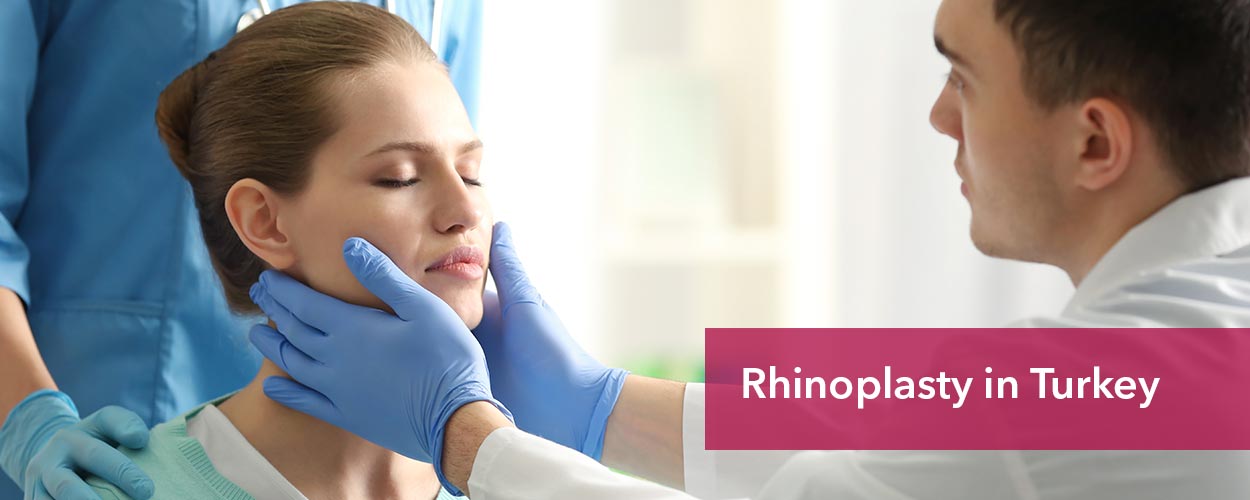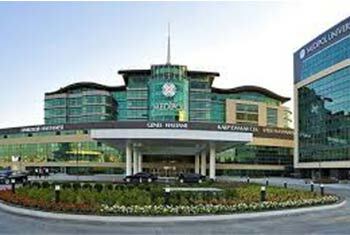Rhinoplasty Surgery
Rhinoplasty is a complex surgery and can be customized based on the patient’s expectations and goals. It might be performed with general anaesthesia or combination of local anaesthesia and sedation. There is usually no requirement for an overnight stay as this is an outpatient procedure, especially when general or local anaesthesia.
If general anaesthesia is used, patients remains unconscious during the operation and may need to stay for a night (in some cases). This is commonly used for children undergoing reconstruction surgery. Local anaesthesia along with sedation makes the nose numb and relaxes the patient, so that they do not feel the pain.
A completely personalized planning is done for each patient and the steps involved in the surgery may vary for different patients.
When improvement of appearance or aesthetics is the goal of rhinoplasty, the incision is preferably made to the inner surface of nose, which allows visualization of the nasal bone and cartilage during the procedure.
Based on the underlying nasal problems, the bone or the cartilage from the nose might be removed, and grafts, parts taken from other body parts or synthetic materials, are placed. This is to improve the look and correct the deviated septum of the nose.
Once the desired result is achieved, a splint might be placed on the outer surface of the skin of the nose to protect the new shape and function. Also, wound dressings will be placed in and around the nose.
Closed Rhinoplasty Surgery
A closed nose surgery is a technique in which the incisions to access the nasal structure are in the nostrils. Although, the closed technique surgical operations offer a lower angle of view to the surgeons, there are no chances of a stitch trace from the outside. This is the biggest advantage of closed rhinoplasty. Also, patients are expected to have a relatively shorter recovery time than the length of time required after the open rhinoplasty approach.
Open Rhinoplasty Surgery
This type of nose surgery involves making a small incision in the lower part of the narrow strip of tissue between the nostrils, which is called columella. The opening in this section enables the surgeon to have a wider view. The steps of the surgery for the cartilage and bone is same as that of the closed rhinoplasty.
This type of rhinoplasty technique is generally recommended for patients with advanced deformity or a history of previous nasal surgery. A major advantage of the open rhinoplasty is the wide range of view and applications of this procedure. However, compared to the closed rhinoplasty technique, the nasal tip edema and bruising in the nose might last longer with open surgery.






